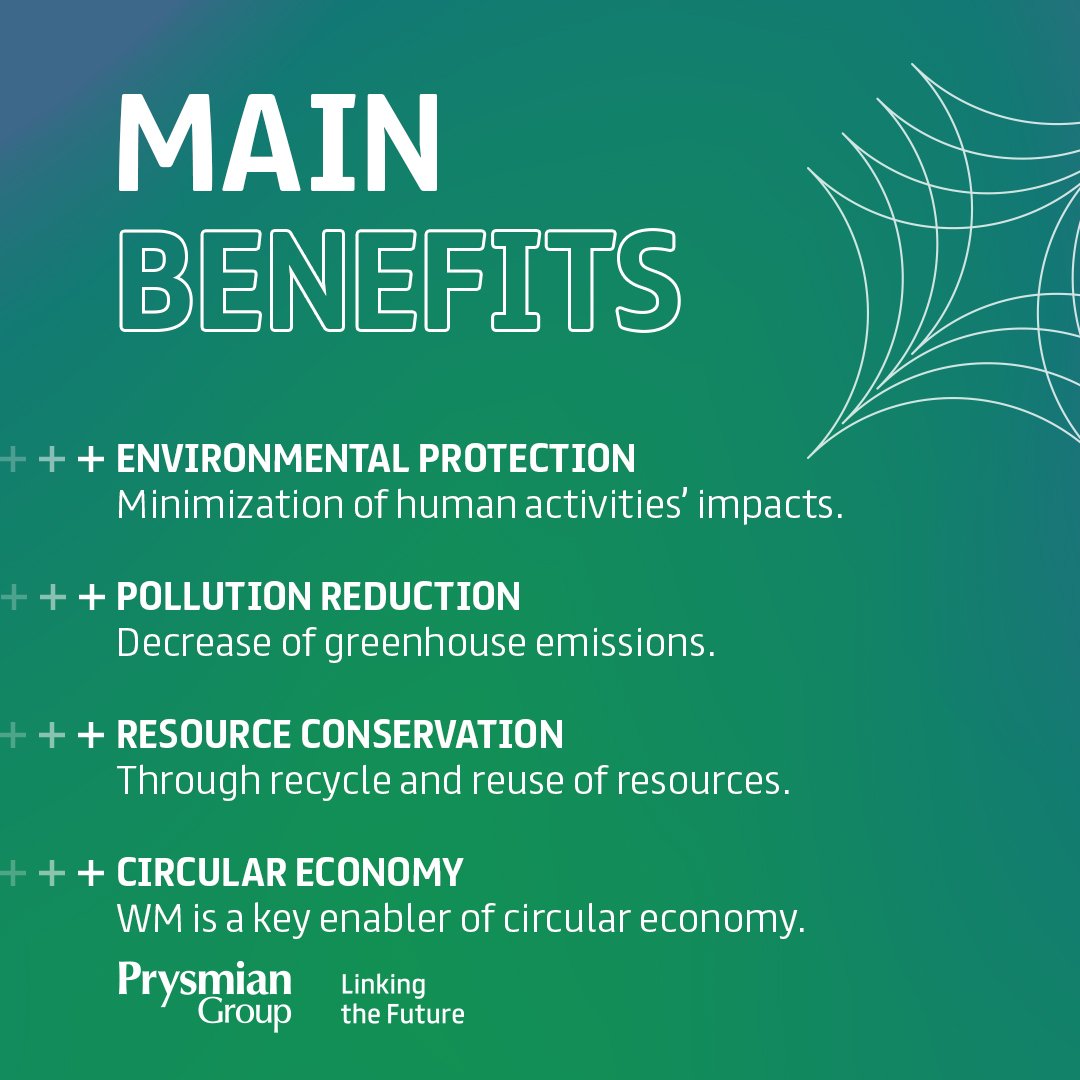The Only Guide to Reclaim Waste
Table of ContentsUnknown Facts About Reclaim WasteSome Known Details About Reclaim Waste The Best Strategy To Use For Reclaim WasteThe Ultimate Guide To Reclaim WasteThe Best Guide To Reclaim Waste
Residential sewer waste refers to the waste and products from a property septic storage tank. The proper monitoring and disposal of residential sewer waste call for liquid waste to be moved to a sewage treatment plant where the appropriate methods and tools are applied to detoxify and dispose of waste.
Commercial waste commonly consists of prospective threats, such as combustible materials or a combination of liquid and solid waste products, and requires an extra innovative and detailed disposal procedure. The disposal of commercial waste normally includes the filtering of waste before transport to make certain safe and appropriate disposal. Hazardous waste is created from byproducts and overflow of commercial procedures and manufacturing.
This sort of waste can not make use of the very same sewer management transportation or procedures as septic or business fluids. The hazardous waste management procedure calls for the inspection and testing of fluid waste before it goes through the disposal process (liquid waste disposal melbourne). Overflow waste is the fluid waste that originates from runoff and excess stormwater in very inhabited areas or cities
Overflow waste can trigger contamination and flooding if not handled appropriately. Ensuring proper waste management can avoid catastrophes and reduce environmental damage.
Reclaim Waste Can Be Fun For Everyone
Call PROS Services today to find out regarding our waste management and disposal services and the appropriate ways to look after the fluid waste you produce.
(https://yoomark.com/content/httpsreclaimwastecomauservices)Do you recognize what happens to your water when you end, purge the commode or drain the washing maker? No? Well, it deserves knowing. This supposed 'wastewater' is not just a vital source however, after treatment, will certainly be launched to our land, waterways or the sea. Used water from toilets, showers, baths, kitchen area sinks, laundries and commercial procedures is referred to as wastewater.

water made use of to cool down equipment or tidy plant and devices). Stormwater, a kind of wastewater, is runoff that streams from agricultural and city areas such as roofs, parks, yards, roadways, paths and gutters this content right into stormwater drains pipes, after rainfall. Stormwater streams unattended straight to regional creeks or rivers, ultimately getting to the sea.
Reclaim Waste Fundamentals Explained
In Queensland, most wastewater is dealt with at sewer treatment plants. Wastewater is moved from domestic or commercial websites through a system of sewers and pump terminals, recognized as sewage reticulation, to a sewer therapy plant.
The Department of Natural Resources encourages city governments about handling, operating and maintaining sewerage systems and treatment plants. In unsewered locations, regional governments might require householders to mount private or family sewer therapy systems to deal with residential wastewater from bathrooms, kitchens, washrooms and laundries. The Division of Natural Resources authorizes using house systems when they are shown to be efficient.
Most stormwater receives no treatment. In some brand-new neighborhoods, therapy of some stormwater to remove clutter, sand and gravel has started using gross pollutant traps. Wastewater therapy takes place in 4 phases: Removes strong matter. Bigger solids, such as plastics and various other objects incorrectly released to sewage systems, are removed when wastewater is travelled through displays.
Wastewater then flows right into big storage tanks where solids resolve and are gotten rid of as sludge. Grease and scum are skimmed from the surface. Utilizes little living microorganisms understands as micro-organisms to break down and eliminate staying liquified wastes and great fragments. Micro-organisms and wastes are included in the sludge. Gets rid of nitrogen and phosphorus nutrients that might create algal blooms in our rivers and endanger aquatic life.
The 8-Minute Rule for Reclaim Waste
Nutrient removal is not offered in any way sewer treatment plants because it requires costly specialist equipment. It is coming to be more common in Queensland. Clear fluid effluent generated after therapy may still contain disease-causing micro-organisms. If this effluent is launched into waterways such as rivers or the sea, the micro-organisms will eventually pass away out.

This usually suggests wastewater has actually to be treated or impurities removed prior to it can be discharged to waterways. Most wastewater flows into the sewage system. Under the Act, regional federal governments provide authorizations and licences for ecologically relevant tasks (Ages) entailing wastewater releases that could have a local influence. The division carries out approvals and licences to Ages including wastewater releases that might have a regional or statewide impact.
7 Simple Techniques For Reclaim Waste
Tracking supplies accurate details concerning water quality and can verify that permit conditions are being met. The information acquired via surveillance provides the basis for making water top quality decisions.